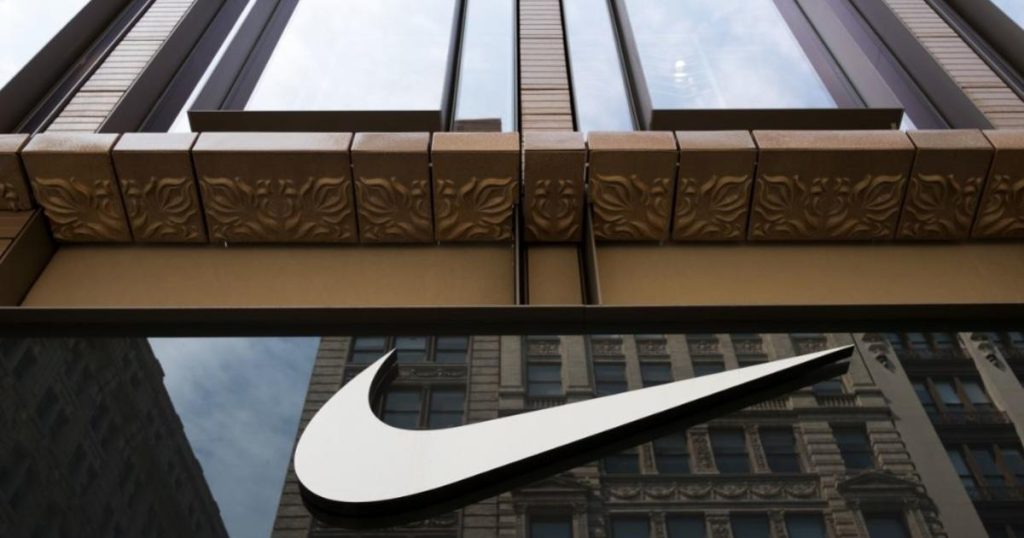Nike is facing criticism for the design of uniforms they unveiled for the women’s track and field team representing the U.S. at the Paris 2024 Olympics. The outfits have a high-cut leg that barely covers the groin area of the mannequins, in contrast to the male version which provides more coverage. Female athletes, including Olympian Colleen Quigley and Paralympian Femita Ayanbeku, expressed concerns about the revealing nature of the uniforms. Nike defended the look, stating that they had solicited input from Olympic athletes in designing the uniforms for both men and women heading to Paris this summer.
Nike Chief Innovation Officer, John Hoke, explained that the company offers a range of silhouettes tailored for various sport disciplines, body types, and sizes to prioritize performance and breathability. Male and female track and field athletes have a dozen competition styles to choose from, allowing athletes to select outfits that match their style and preference without sacrificing comfort during the games in Paris. USA Track and Field also stated that they have worked with Nike to provide uniform options and that the controversial unitard is just one of the choices available to athletes.
In addition to the track and field uniforms, Nike has also faced criticism for their Major League Baseball uniforms, which are made from a breathable, lightweight, high-performance fabric. The transparency of the fabric has made the jerseys’ tags visible when tucked into the waistbands of the pants, and the gray-colored uniforms do not match the pants when soaked with sweat. Nike stated that they are testing different fabrics to address these issues, but it is unclear if updated outfits will be issued for this season. This development has sparked a conversation about design considerations in athletic uniforms and the importance of functionality for athletes.
The controversy surrounding Nike’s uniforms for the women’s track and field team shines a spotlight on the ongoing debate over sexism in sports and the representation of female athletes. The concerns raised by athletes about the revealing nature of the uniforms highlight the need for greater inclusivity and sensitivity in the design of athletic attire. The conversation extends beyond just the aesthetics of the uniforms and delves into broader issues of gender equality and respect for athletes’ comfort and preferences.
As the criticism of Nike’s uniform designs continues, it underscores the importance of collaboration and communication between athletes and apparel companies in the development of sports attire. Involving athletes in the design process can ensure that their voices are heard and their needs are addressed, leading to more functional and comfortable uniforms for competitors. Moving forward, it will be essential for brands like Nike to listen to feedback from athletes and make adjustments to their designs to better reflect the diverse needs and preferences of the athletic community.
In response to the backlash, Nike has defended its design choices and emphasized the extensive research and consultation that went into creating the uniforms for the track and field teams. The company’s commitment to providing options for athletes and prioritizing performance and comfort in its designs is evident, but the criticism highlights the complexity of balancing style and functionality in sports attire. As the upcoming Paris Olympics approach, the focus on athletic uniforms not only highlights the visual representation of athletes but also opens up a broader discussion on gender equality and inclusivity in the world of sports.


